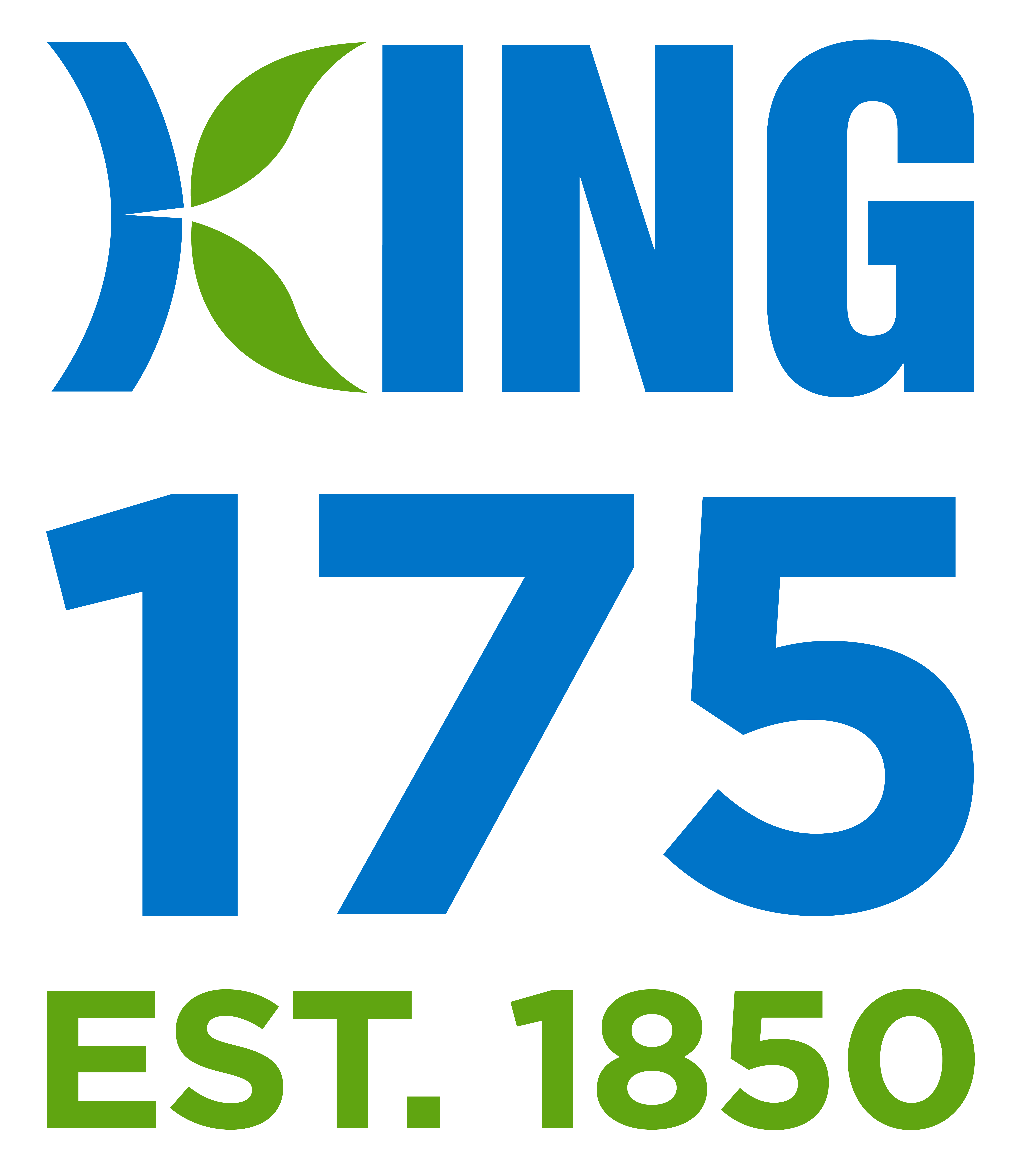Tree Removal & Planting
As part of a Township-wide tree maintenance program, parks staff will remove all dead and damaged trees on municipality owned property and plant a new one if the location is right for planting.
The Township of King is committed to replacing removed trees. In some circumstances (conflict with utilities or sight lines) a replacement may not occur. In these cases we will plant a tree in an alternate location to ensure King's tree canopy continues to be one of the primary features in keeping King green.
If you spot a tree on municipal property that needs inspection, contact parks@king.ca
Tree Maintenance
Trees require care and maintenance to remain healthy and safe. Here are some tips and practices you can follow to keep your trees in good health:
General Tips
- When budgeting for lawn care and seasonal landscaping, set some funds aside for tree maintenance.
- Water trees during dry periods and apply mulch two to three inches deep around the base to encourage growth.
- Water early in the morning or late in the evening to minimize evaporation.
- Avoid soil compaction; placing or moving heavy objects over the root zone of your tree can be hazardous. Compaction reduces air space in the soil, making it harder for water and oxygen to reach your tree's roots.
- Regular Checks: Monitor trees for signs of stress, disease, or structural issues.
Pruning
- Good pruning will promote the safety, health, longevity, and attractiveness of your tree.
- Prune dead, diseased, damaged, or obstructing branches, as well as crown thinning to promote growth and air circulation.
- Pruning is best done in the fall or early winter when potential fungi and insects are dormant.
- Do not prune more than 25% of the tree's crown. Excessive pruning exposes your tree to disease, infestation by insects, and fatal damage.
- If your tree is too large to prune safely, reach out to a local arborist for advice specific to your trees and location.
Protecting Trees From Damage
- If possible, avoid using lawn care or other equipment in the immediate vicinity of your tree.
- Do not tie, nail or attach objects to the trunk of the tree.
- When digging, take care not to cut or damage any exposed roots.
- Look for signs of pests or disease. Refer to Managing Disease and Hazards below for more information. Please note that under the Pesticides Act, 2009, it is illegal to use pesticides or chemicals for residential lawn care treatment in Ontario.
Managing Diseases & Hazards
To maintain the health and longevity of your tree, it is important to be aware of the potential risks and threats posed to your tree by disease and injury.
As a private property owner, it is your responsibility to ensure that your tree does not pose a risk to the lives or property of others - you may be liable for injuries or damage caused by your tree if it falls down.
If you suspect your tree is a potential hazard, strongly consider having the tree removed as soon as possible. If you are unsure of your tree's condition, contact a certified arborist to conduct an inspection of the tree. Depending on its condition, an arborist may be able to save a portion of the tree and provide valuable advice about how to prevent further damage.

